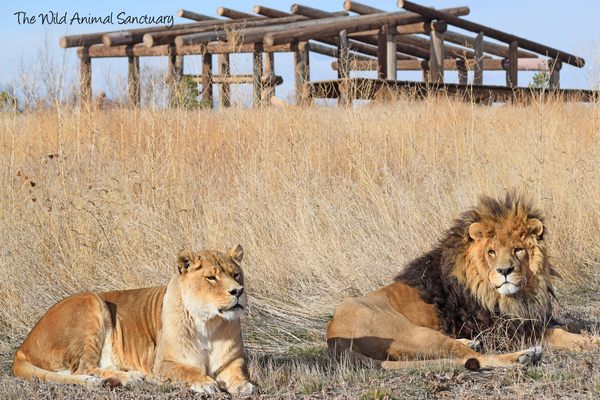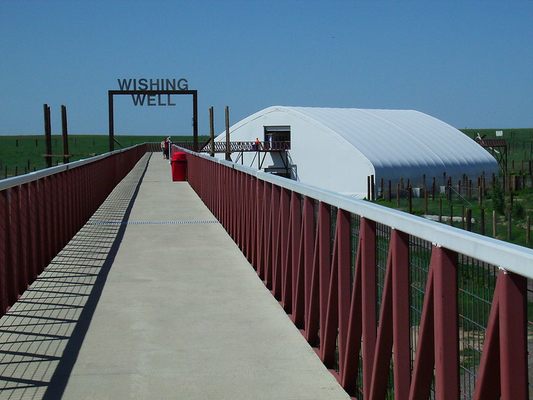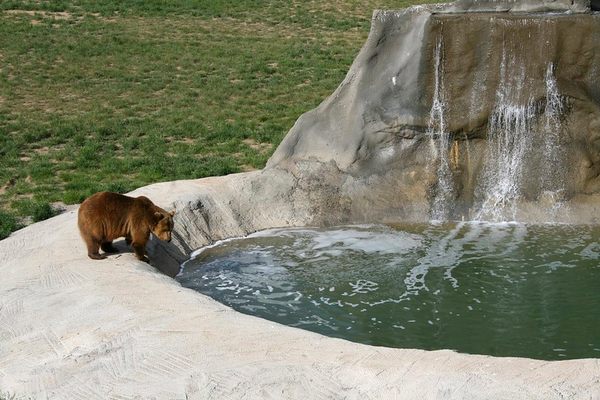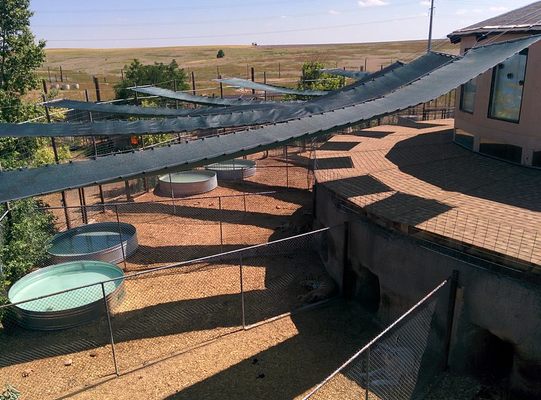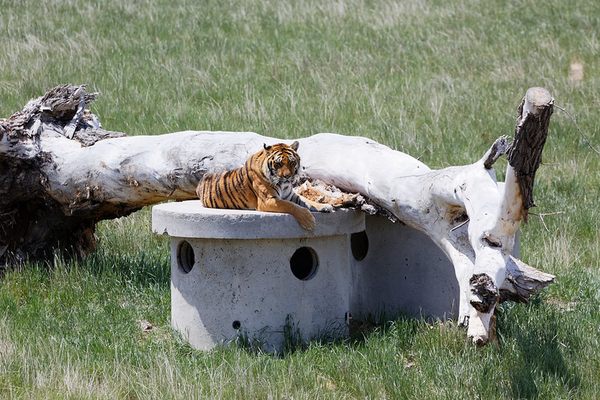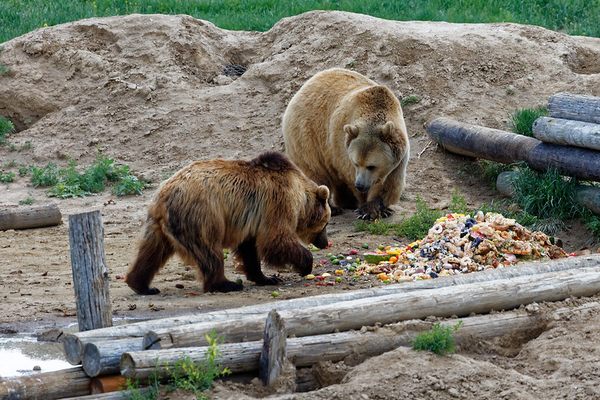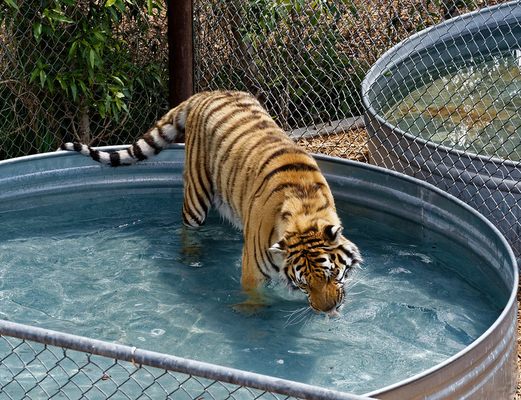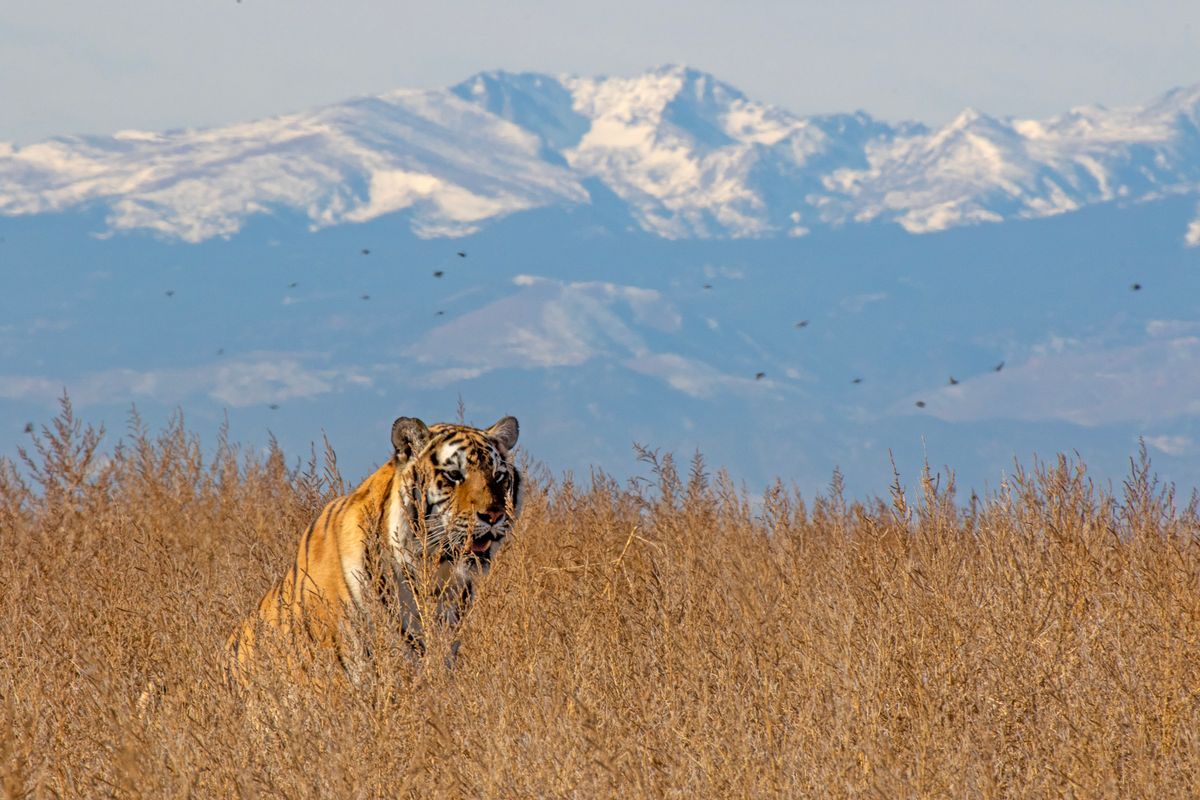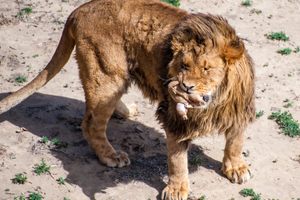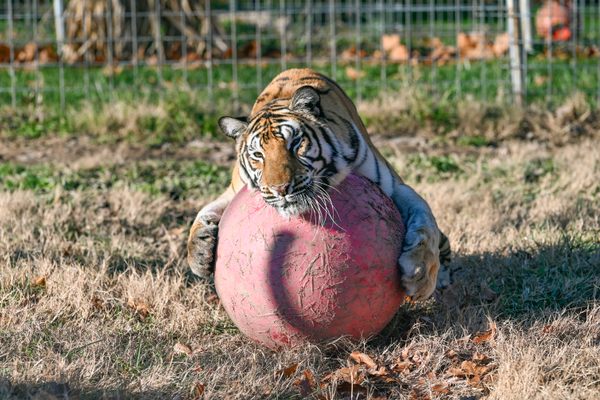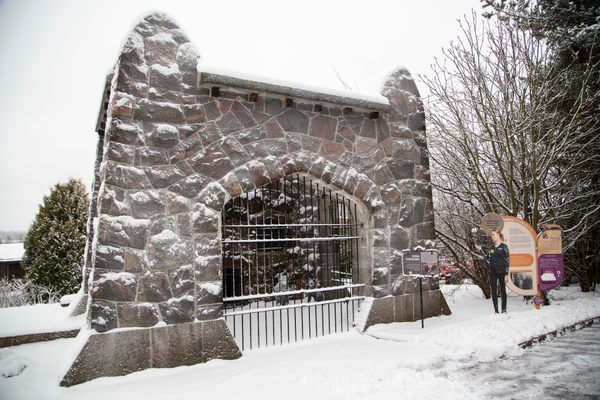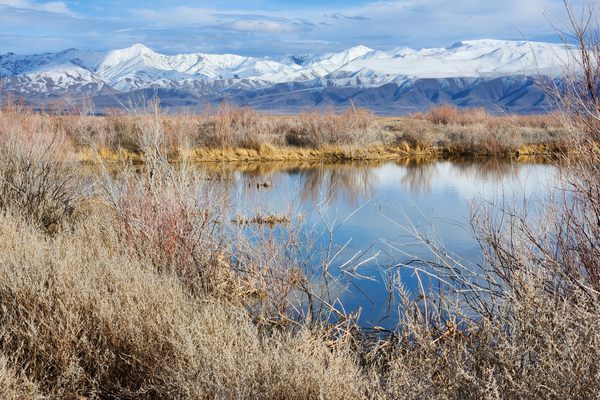About
About 30 miles northeast of Denver, hundreds of lions, tigers, and bears roam through rolling Colorado grassland. But this is no zoo: Each animal is living out a second life on the 1,400-acre campus of the Wild Animal Sanctuary, a sprawling facility on a mission to save carnivores from the exotic pet trade.
For the first 20 years of its existence, the Wild Animal Sanctuary was closed to the public. Organizers found that even quiet, respectful visitors caused the animals undue stress; after all, it’s hard for a lion or tiger to override the thousands of years of evolution telling it that any new mammal on the landscape is a potential threat. When subjected to tourists, the animals would pace, pant, and exhibit other symptoms of anxiety. So, the sanctuary kept its doors closed.
Then, organizers had an epiphany: They discovered that overhead observation had no effect on the animals. Evolved to ignore birds and other airborne critters, the big cats and wolves didn’t react to visitors viewing them from above. So, in 2002, the Wild Animal Sanctuary installed a 1.5-mile catwalk—the longest of its kind in the world. Now, tens of thousands of visitors pass over the enclosures each year without any negative impact to the beasts below.
Divided into more than 90 enclosures—some of which span several acres—the Wild Animal Sanctuary prioritizes the health of its animals above all else. Most sanctuary residents are victims of either the exotic animal trade or failed zoos. Many were born in captivity and rescued from situations of abuse, neglect, or potential euthanasia. Now, they roam free, wandering through the long grass, swimming in custom-made ponds, and forming bonds with other animals with similar pasts.
Altogether, the sanctuary houses more than 520 lions, tigers, wolves, and other large carnivores. This menagerie consumes more than 98,000 pounds of food each week, much of it raw meat and fish donated by local stores. The sanctuary has its own on-site veterinary hospital, rehabilitation bays, and temperature-controlled underground dens for the animals. But that’s not to say there are no amenities for human visitors: an airy welcome center contains a food court, restrooms, and an ice cream parlor.
Related Tags
Know Before You Go
Tickets—currently $50 for adults—must be purchased online in advance. Because enclosures are large and spread-out, you’ll need at least two hours to make the most of your visit. To encourage longer stays, the sanctuary closes its entry gates two hours before sunset each night.
During the summer, the animals tend to sleep through the hottest part of the day; you’ll have the best chance of seeing them awake and active if you arrive right when the sanctuary opens at 9:00 a.m. or right before it closes at sunset. No matter what time you visit, plan to drive, as taxi or rideshare pickup is unreliable in the area.
Pack plenty of layers, water, and sun protection, and leave your pets, including service dogs, at home (the presence of other animals can cause big cats, bears, and wolves to become territorial and aggressive).
Sources
- https://www.guinnessworldrecords.com/world-records/466246-longest-elevated-walkway-in-an-animal-sanctuary
- https://www.colorado.com/articles/why-families-love-colorado-wild-animal-sanctuary
- https://www.colorado.com/video/welcome-to-the-wild-animal-sanctuary
- https://www.wildanimalsanctuary.org/major-programs
- https://www.wildanimalsanctuary.org/facilities
- TWAS representative Skylar Schutter


